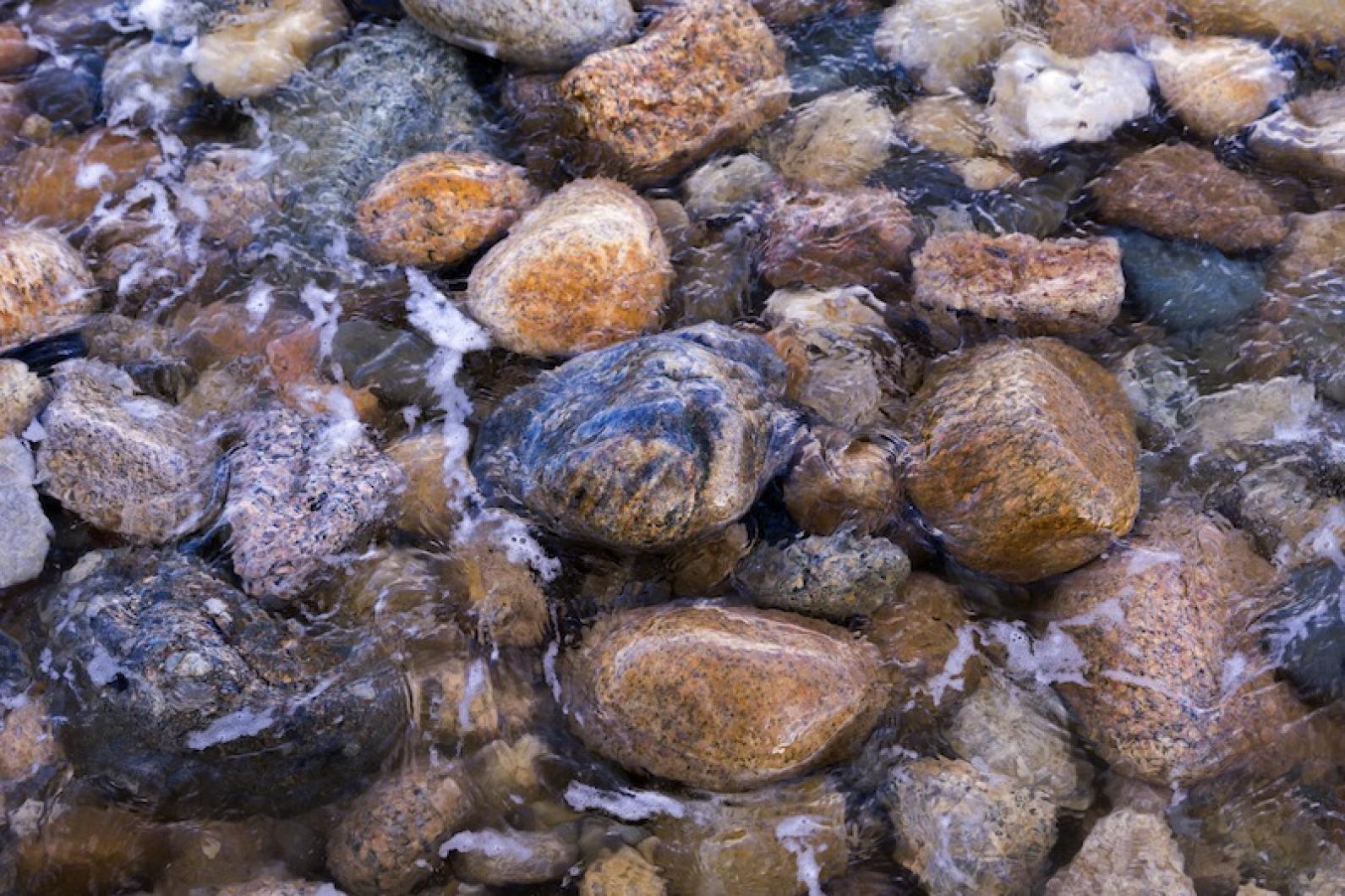A package of grants for green coastal restoration initiatives announced by the Patrick administration will benefit the Vineyard and Gosnold with funding for three key projects: the restoration initiative at Squibnocket Beach in Chilmark; a pilot project by the Martha’s Vineyard Shellfish Group to stabilize marshlands by sowing them with ribbed mussels; and a project to create coastal resilience on Barges Beach on Cuttyhunk, the Gosnold town seat that lies at the tip of the Elizabeth Islands chain.
Announced Friday, the $1.3 million grant program, a first of its kind in the commonwealth, will send money to nine coastal communities to reduce risks associated with coastal storms, erosion and sea level rise through natural approaches known as green infrastructure.
“These grants allow us to work collaboratively with local partners in their efforts to effectively protect coastal property, roads and other development while preserving public beaches and other natural resources that define Massachusetts coastline,” said Energy and Environmental Affairs Secretary Rick Sullivan in a press release announcing the grants Friday afternoon. “These community-based pilot projects reflect the Patrick Administration’s commitment to increase preparedness for a changing climate using innovative approaches that meet future challenges.”
The largest individual grant, $280,000, went to Chilmark to help fund the Squibnocket Beach restoration initiative. Begun by the town following Hurricane Sandy, the project aims to rebuild the badly damaged beach, parking lot and coastal road. The project is currently undergoing additional study following a vote by the annual town meeting in April. The town had applied for the grant early this year at the outset of planning for the project.
The Martha’s Vineyard Shellfish Group was awarded $35,262 for a pilot project that looks to protect and restore salt marshes using living shoreline technology.
Reached on Friday, shellfish group director Rick Karney had not yet formally learned of the grant, but told the Gazette that the project aims to address erosion associated with sea level rise. Using a green armoring technique that has been successful in Delaware Bay, the shellfish group would use coir, or coconut fiber, mats in combination with ribbed mussels to build a living shoreline system to protect the marsh.
The project aims to see if this method could have any application for the Vineyard and Massachusetts, Mr. Karney said. Part of the project includes outreach about sea level rise.
Ribbed mussels have high filtration capacity, Mr. Karney said, and can filter and digest bacteria. Few people eat ribbed mussels, he said, so they can be put in places that are off limits for other shellfish. Few have been successful growing them in a hatchery, Mr. Karney said, and the shellfish group will experiment with growing ribbed mussels at their hatchery on Lagoon Pond.
“The ribbed mussels are an important part of the marsh armament,” Mr. Karney said. “They grow at the edge of the marsh, and bind together almost like a rock.”
The shellfish group wants to try the experiment in a few areas with different wave energy. This includes two spots in Lagoon Pond, an area of marsh near the shellfish group’s hatchery, part of Sengekontacket Pond near Felix Neck, and an area near Trapp’s Pond.
“These are little experimental plots at this point,” Mr. Karney said. “But if we’re successful, hopefully some of the pond associations might want to come up with funding and do larger areas.”
Mr. Karney said there has been community support for the group’s grant application, and the shoreline project will get underway once the necessary permits are in place. That process could take a few months, he said. Meanwhile, the shellfish group will begin work on growing ribbed mussels.
The town of Gosnold was awarded $205,875 to evaluate and develop engineering plans for beach nourishment, dune restoration and other green infrastructure options for Barges Beach on Cuttyhunk.
The towns of Barnstable, Brewster, Duxbury, Newbury, Plymouth and Scituate also received grants.
The program is part of a larger, $10 million state project to invest in critical coastal infrastructure and dam repairs.







Comments (1)
Comments
Comment policy »